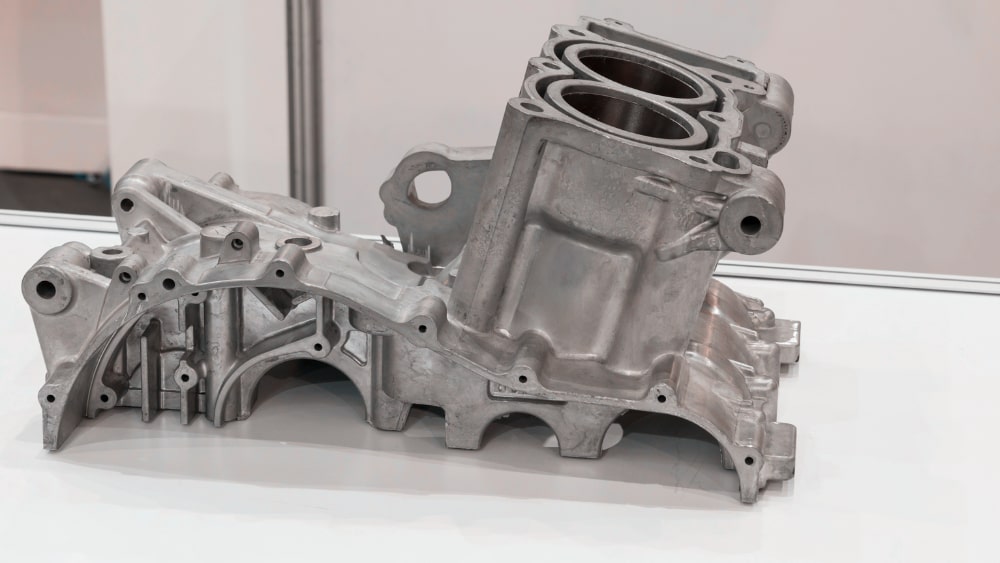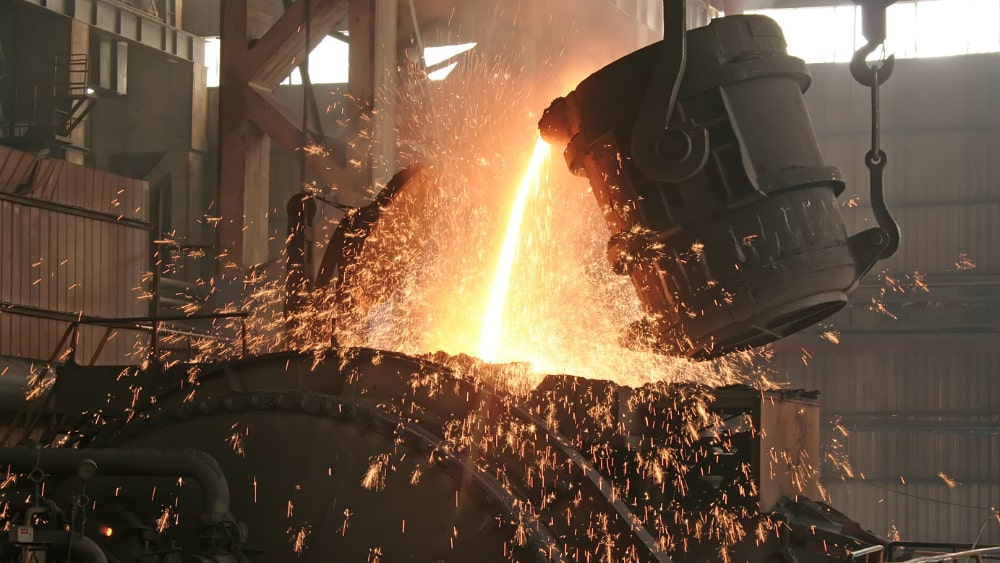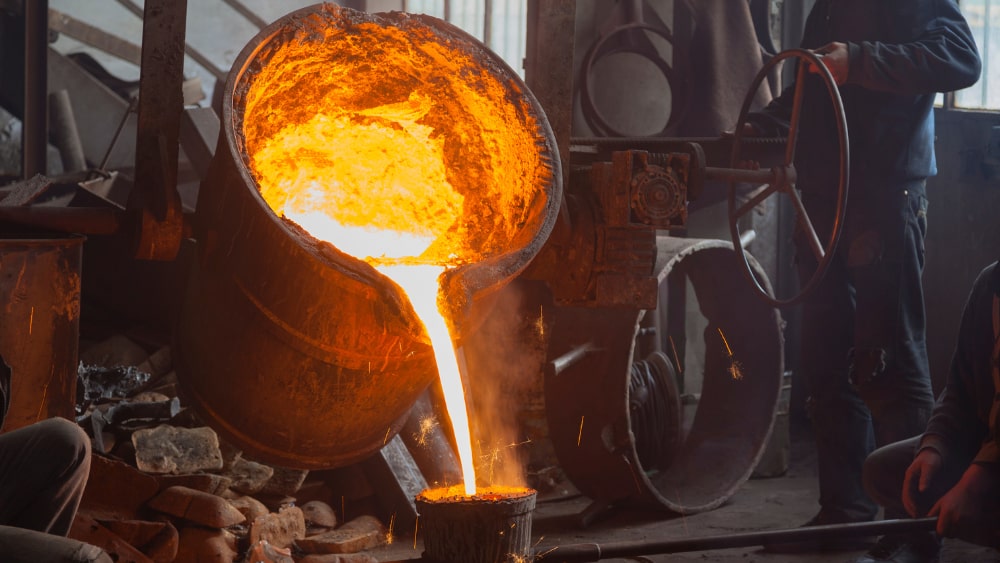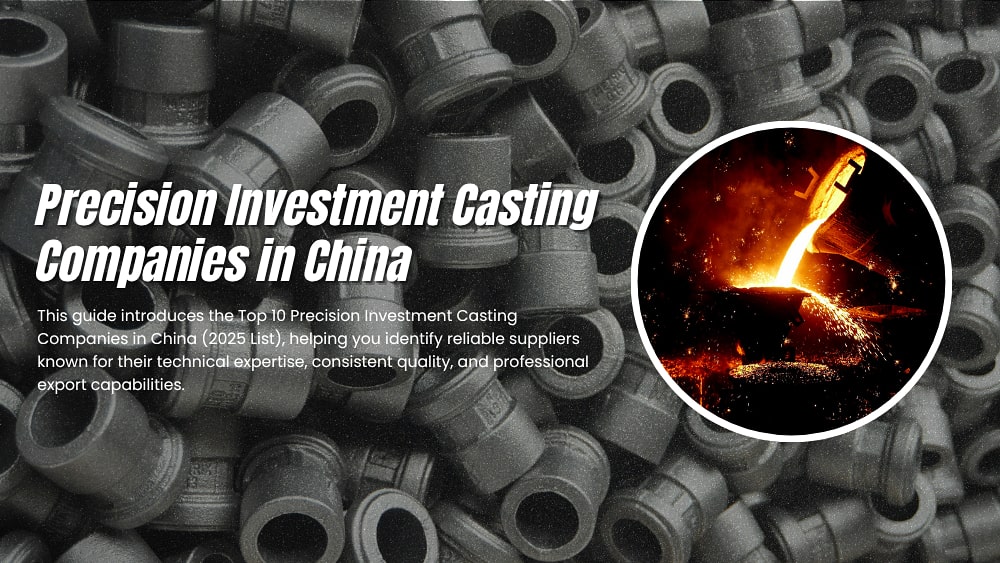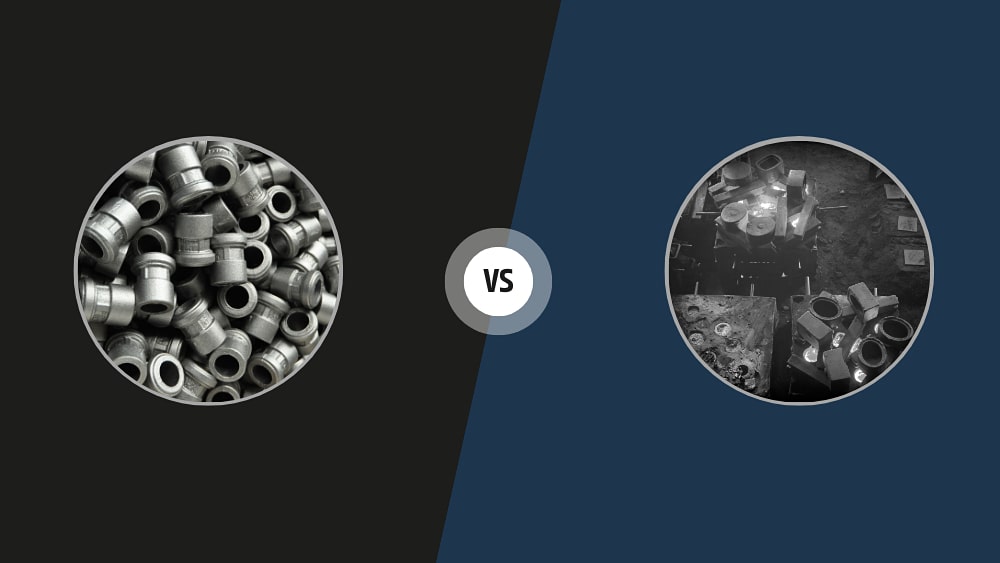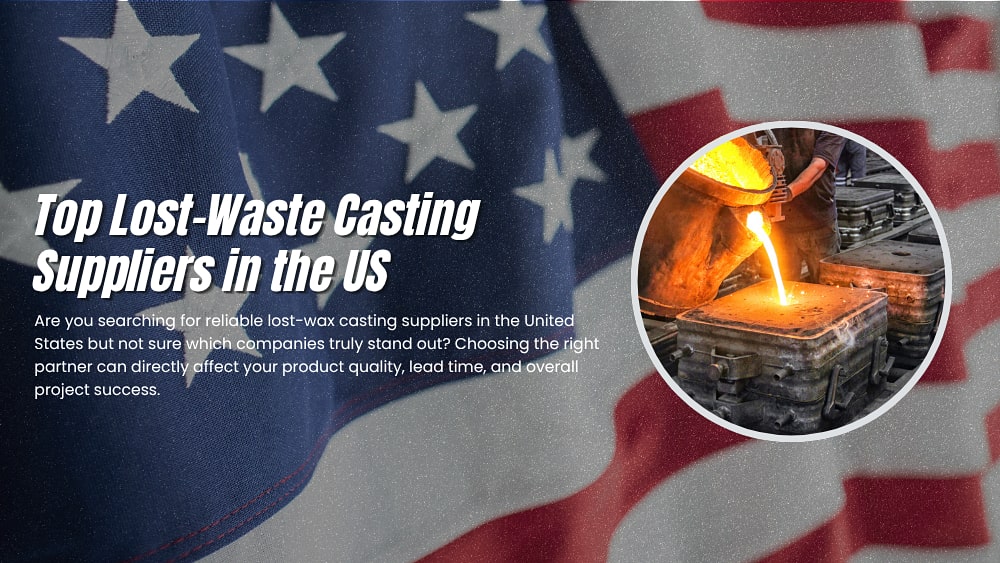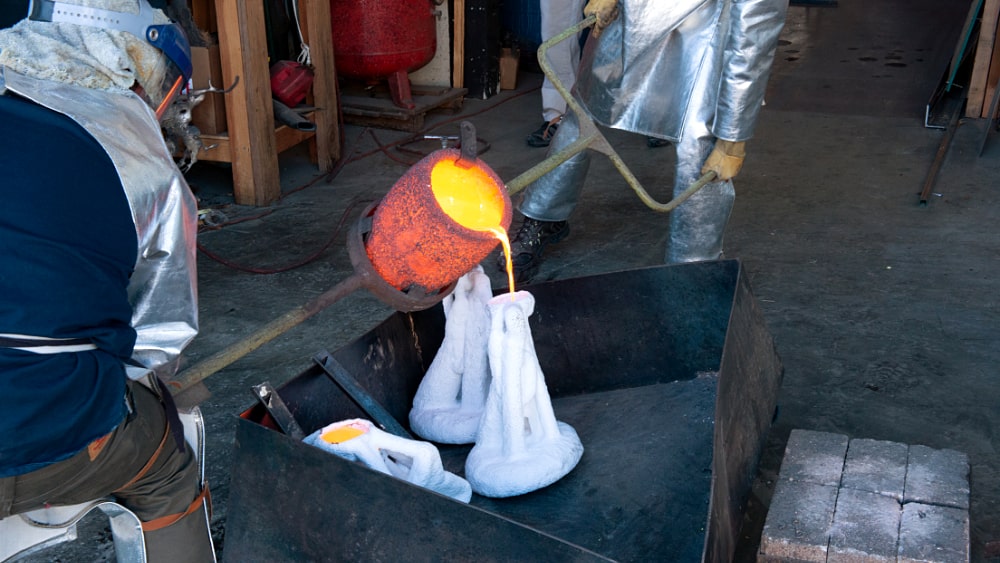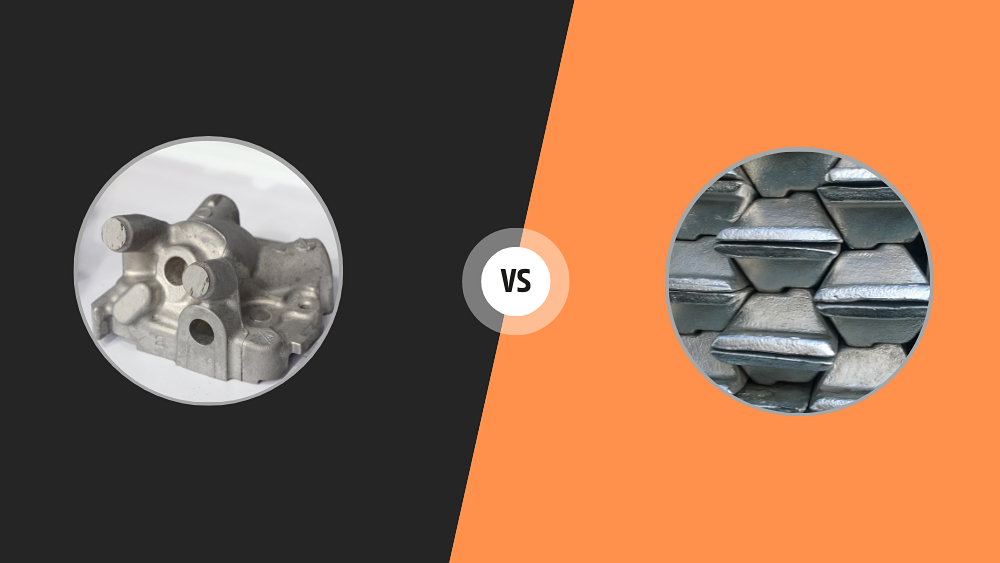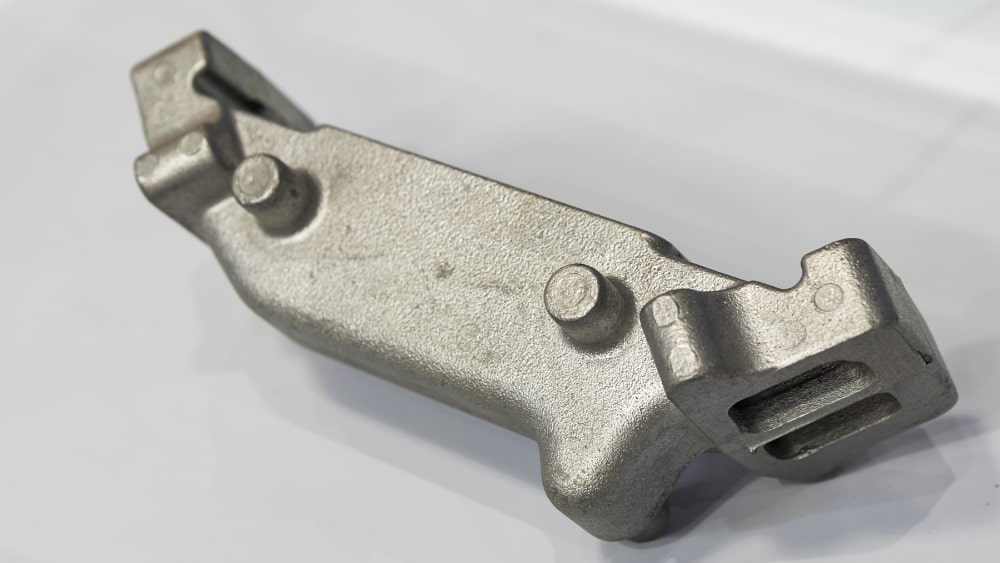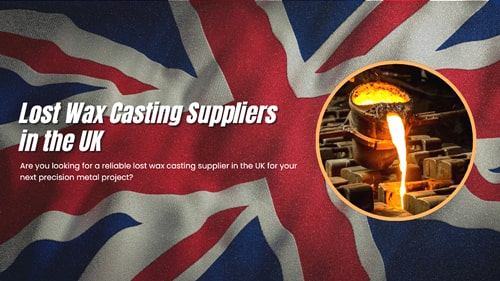
Are you evaluating casting processes for an upcoming project and finding yourself weighing Investment Casting against Lost Foam Casting? This critical decision will directly impact your part quality, lead time, and total cost.
While both methods excel at producing complex metal components, they differ fundamentally in their approach, capabilities, and ideal applications. Are you prioritizing micron-level precision and superior surface finish, or is your focus on cost-effective production of large, intricate parts with complex internal passages?
This definitive guide breaks down the key differences between these two advanced processes. We provide a detailed, feature-by-feature comparison to give you the technical insights needed to confidently select the right method for your specific requirements.
What Is Investment Casting, And What Is Lost Foam Casting?
Investment casting involves first creating a wax model of the part, then repeatedly coating the wax model with ceramic slurry to form a hard ceramic shell. Next, hot water or steam is used to melt the inner wax model, resulting in a hollow ceramic shell. Finally, molten metal is poured into the shell to obtain the casting. It offers extremely high precision and is suitable for making complex and delicate small parts, such as jewelry or turbine blades.
Lost foam casting involves directly creating a part model from foam plastic, then burying this foam model in dry sand. High-temperature molten metal is poured directly into the foam model. The foam rapidly vaporizes and disappears upon contact with the molten metal, leaving the molten metal to occupy the space in the model. After cooling, the casting is formed. This method is ideal for making large and medium-sized parts with complex internal cavities that do not require draft angles, such as automobile engine blocks. Read more: What Is Lost Foam Casting
Investment casting vs. Lost Foam Casting: Key Differences
| Characteristic | Investment Casting | Lost Foam Casting |
|---|---|---|
| Core Principle | Lost Wax: Melting and draining out a wax pattern | Full Mold: Metal vaporizes and replaces a foam pattern |
| Pattern Material | Wax-based or plastic (fusible) | Polystyrene foam (vaporizable) |
| Mold Material | Multi-layered, hard ceramic shell | Unbonded dry sand |
| Surface Quality | Excellent. Very smooth surface finish | Good. Surface may have slight texture from foam vaporization, not as good as investment casting |
| Dimensional Accuracy | Very high (tight tolerances) | High, but typically slightly lower than investment casting |
| Part Complexity | Extremely high, can produce exceptionally complex parts, thin walls | Extremely high, especially good for complex internal cavities and channels, can eliminate cores |
| Part Size Capability | Small to medium parts (from a few grams to tens of kilograms) | Medium to large parts (from a few kilograms to several tons) |
| Typical Applications | Aerospace turbine blades, golf club heads, medical devices, jewelry, dental | Automotive engine blocks, machine tool bases, valve and pump housings, art pieces |
| Tooling Cost | High (precision metal die for wax patterns) | Medium (aluminum mold for foam pattern formation) |
| Production Cost | High (time-consuming, expensive materials) | Lower (simplified process, cheaper materials) |
| Key Advantage | Pinnacle of precision and surface finish | Cost-effective production of large parts with complex internal cavities |
| Main Limitation | High cost, long cycle time, limited part size | Surface quality has an upper limit, foam patterns are fragile and require careful handling |
The following is a detailed explanation of the differences mentioned above, designed to help you more intuitively understand the distinctions between the two processes:
1. Pattern and the Method of "Disappearance": This is the Fundamental Difference
Investment Casting's "Lost Wax" Method: Its pattern is made of wax. After creating a hard ceramic shell, the wax pattern must be completely melted and drained away using steam or hot water, resulting in a hollow, smooth-walled, precise ceramic mold ready for metal pouring. This process is like "a cicada shedding its skin" – first obtaining a perfect negative cavity.
Lost Foam Casting's "Full Mold" Method: Its pattern is made of foam plastic. During molding, the foam pattern is left intact and buried in dry sand. When the metal is poured, the extremely hot molten metal (over a thousand degrees Celsius) directly impinges on the foam, causing it to instantly decompose and vaporize due to the heat, and the metal subsequently fills the space previously occupied by the pattern. This process is like "a cuckoo occupying a nest" – vaporizing the pattern while simultaneously filling the space.
Investment casting involves first creating a perfect hollow mold before pouring; whereas lost foam casting involves the molten metal directly "consuming" the foam pattern and replacing it.
2. Surface Quality and Accuracy: Why the Difference?
Investment Casting Wins: Because its mold shell is built up layer by layer on the smooth surface of the wax pattern, it can perfectly replicate the surface finish of the wax pattern. The rigid ceramic shell hardly deforms during pouring, ensuring extremely high dimensional stability.
Lost Foam Casting is Slightly Inferior: The vaporization process of the foam pattern generates gases. Although most escape through the gaps in the dry sand, they can still cause minor disturbances at the advancing front of the molten metal. Additionally, the texture of the foam granules can be slightly replicated onto the casting surface. Therefore, its surface finish and dimensional accuracy are typically one grade lower than those of investment casting.
If you need the casting to be as smooth and precise as a craft item, choose investment casting. If the surface can be slightly machined later, lost foam casting is acceptable.
3. Areas of Expertise and Cost: How to Choose?
Investment Casting is a "Boutique Shop": It produces "high value-added" components. Its advantage lies in manufacturing dimensionally accurate, structurally complex parts with demanding surface requirements – essentially "premium" items. It is commonly used in aerospace, medical, and other fields where cost is secondary to ultimate performance. The trade-off is expensive tooling and a lengthy production process.
Lost Foam Casting is an "Efficient Factory": It excels at producing medium to large castings with complex internal structures (like engine water jacket cavities) that would otherwise require many sand cores. By eliminating the need to make and assemble complex sand cores, it significantly simplifies the process, reducing costs and improving efficiency. It is well-suited for high-volume production in sectors like automotive and general machinery where cost control is crucial.
Manufacturing precision jet engine blades? Investment casting is the unrivaled choice. Mass-producing automotive engine blocks? Lost foam casting offers significant advantages in cost and efficiency.
Investment Casting vs. Lost Foam Casting: How to Choose
Choose based on your core objectives, product characteristics, and production conditions. Use the following logic for selection:
Select Investment Casting under the following conditions:
-
Extremely High Requirements for Surface Quality and Precision:
- Your product is like an aerospace turbine blade, surgical instrument, jewelry, high-end gear, etc., requiring a mirror-smooth surface and precise dimensions.
-
Material is High-Performance Alloy:
- Need to cast expensive and difficult-to-machine materials like stainless steel, high-temperature alloys, titanium alloys, etc. The ceramic shell of investment casting can better withstand the high temperatures of these metals, reducing casting defects.
-
Relatively Small Production Batch Size:
- Although the unit cost is high, for low-volume, high-value products, the total cost is acceptable. The cost of making hard tooling (for wax patterns) becomes less significant compared to the high part price.
-
Complex Part Structure but Small Overall Size:
- The part may have very fine details, thin walls, or complex curves, but the overall size and weight are not excessively large (typically less than 50 kg).
Select Lost Foam Casting under the following conditions:
-
Cost-Sensitive and Requires High-Volume Production:
- Your target products are like automotive engine blocks, water pump housings, machine tool components, etc., requiring annual production of thousands or even tens of thousands of units, with strict requirements for unit cost control.
-
Extremely Complex Internal Part Structure:
- The part has complex internal cavities, bent pipes, etc., which would require assembling multiple sand cores using traditional methods. Lost foam allows for integral molding, eliminating design restrictions related to "draft angles" and "parting lines", greatly simplifying the process.
-
Medium or Large Part Size:
- Very suitable for producing medium to large-sized complex castings ranging from a few kilograms to several tons in weight, offering huge cost and feasibility advantages over investment casting in this regard.
-
Acceptable "Good" Surface Quality Instead of "Excellent":
- The casting surface allows for subsequent treatments like shot blasting and grinding. Slight "fold" defects or slightly higher roughness are acceptable.
- For "Premium Quality": Prioritizing precision and surface finish above cost, choose Investment Casting.
- For "Cost-Effectiveness": High-volume production of complex structural parts while controlling costs, choose Lost Foam Casting.
Conclusion
The choice between investment casting and lost foam casting depends on your priorities regarding precision, complexity, throughput, and cost. If you require exceptional surface finishes, tight tolerances, and the ability to produce highly complex or thin-walled parts—especially in high-value applications—investment casting is undoubtedly the best choice. On the other hand, if your project involves medium to large-sized parts with complex internal geometries, and you are looking for a cost-effective medium-to-high-volume production solution, then lost foam casting offers significant advantages in terms of efficiency and design flexibility.
We specialize in investment casting and lost foam casting technologies. Our engineering team provides end-to-end support, from design review and methodology selection to cost optimization, ensuring your parts are manufactured with the ideal combination of quality, performance, and value.
Interested in determining the best casting method for your application? Contact Qianhao today for a professional assessment and tailored solutions to meet your specific needs.


